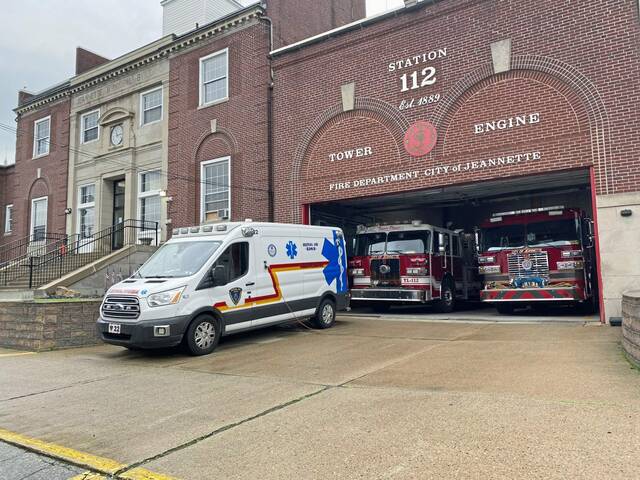Editorial: New pain management is great idea for first responders in opioid epidemic
New programs in government often are nothing new at all. They are frequently just repackaged versions of previous ideas.
When the opioid settlement with states and counties across the country was announced, it was easy to expect that to be the case again.
That’s not to say the old ideas in this case would be bad ones. A lot of what is needed to combat the opioid epidemic in America and in Pennsylvania is an expansion of existing programs that simply don’t have the capacity to handle the number of people battling opioid addiction.
We need more treatment programs — inpatient and outpatient. We need the ability to help people in recovery from backsliding out of their sobriety. We need social programs that will help children and families affected by the crisis.
We need more medical professionals to provide services. We need access to more naloxone to help pull people in overdose back from the brink. We need more court programs to work on the overlap between criminal behavior and the physical part of addiction.
All of that is existing but simply insufficient for the scope of the problem. And, with so much existing need, ideas coming from outside the addictive box do not seem like something that might get attention.
But Greensburg’s Mutual Aid ambulance service is demonstrating there always are aspects that need a little light.
The ambulance service is starting a program to add nitrous oxide to their vehicles as a method of pain control. Yes, nitrous oxide — the same thing that blunts the pain at the dentist.
Why? Because there are people — those with addiction and some with other physical issues — who cannot use narcotics. Those people can still be involved in critical emergencies that require pain medication. Nitrous oxide provides an alternative for humane pain management but respects those medical needs.
And let’s not forget addressing someone’s addiction is a medical need. That’s especially important when so many people began their addiction because of being prescribed legal pharmaceuticals for legitimate medical reasons. That reality is why the drug companies were sued in the first place.
The program is an affordable investment at just $66,000. Of $2 million in distributions made from the opioid funding last week, it was one of the smallest.
The larger investments are going to those programs that might be more expected, such as supporting recovery, educating in the workplace and schools and providing treatment and intervention. All of that is needed.
But it is refreshing to see something that isn’t expected and has the potential to make a real difference.
Remove the ads from your TribLIVE reading experience but still support the journalists who create the content with TribLIVE Ad-Free.

